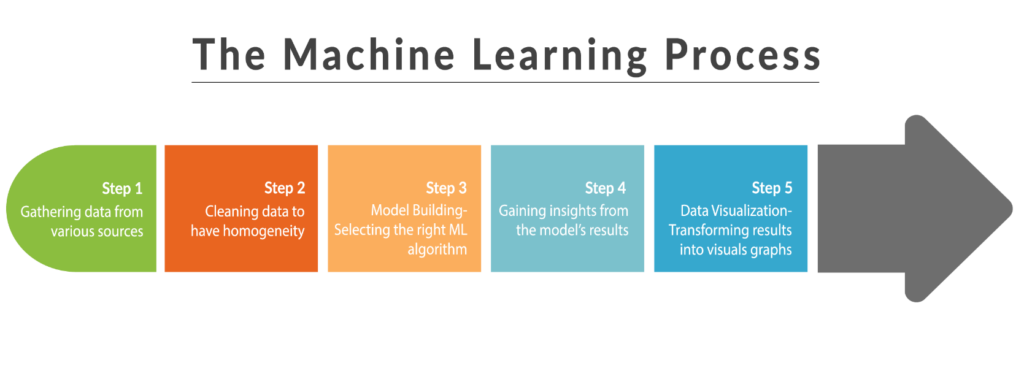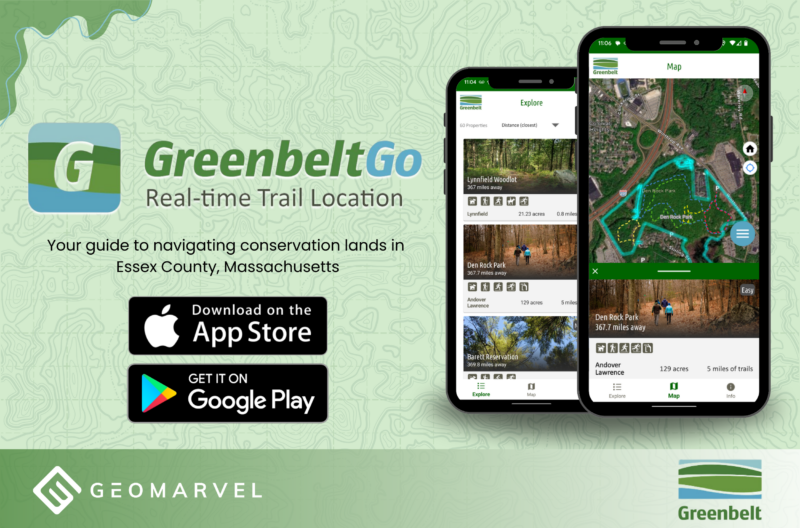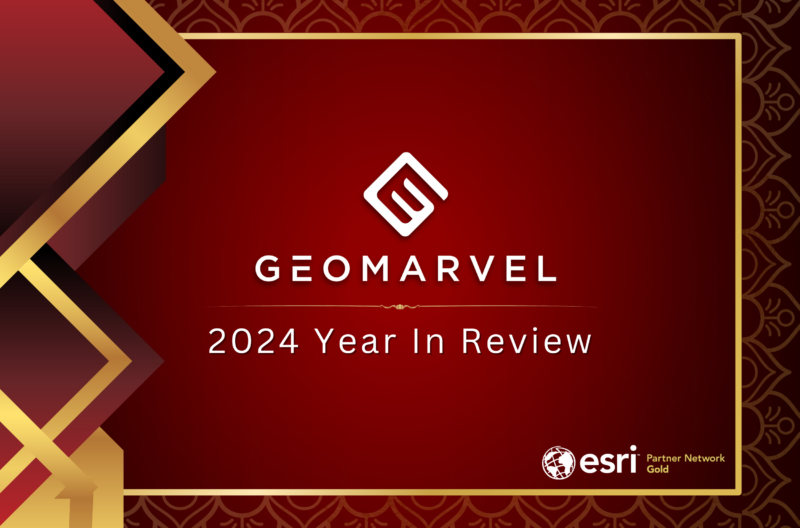Machine learning is opening a new world of opportunities for geospatial data. GIS technology enables users to capture, manage, store, and analyze spatial data. While machine learning has the ability to sort through noisy data with evolving algorithms focused on pattern recognition. One way GIS leverages machine learning is for classification, clustering, and prediction.
“Computers aren’t supposed to be creative; they’re supposed to do what you tell them to. If what you tell them to do is be creative, you get machine learning.” – Pedro Domingos, from his book – The Master Algorithm.

Individualized Premiums in the Insurance Industry
Take the car insurance industry for example: insurance premiums are commonly predicted based on general demographic trends. These predictions are typically based on the demographics of age, gender, and driving location. The demographic averages largely influence the calculated insurance premium for a given individual.
Machine learning aims to go beyond the averages to gain a deeper understanding of the individuals. Machine algorithms can analyze driving patterns to model behaviors like texting and speeding. A series of quick corrections on a curved road may be identified as texting behavior. After analyzing millions of data points, algorithms begin to recognize the driving behaviors of individuals. Therefore, a driver with the tendency to text or speed will pay a higher premium.
Machine learning and GIS combine to provide predictive models that reward safe drivers. This combination of geospatial intelligence with machine learning is not limited to just one application, but spans across the industries, playing a key role in logistics, manufacturing, finance, and retail.
Machine Learning with ArcGIS
Get Support for GIS & Machine Learning
Curious to see how else machine learning and GIS can be leveraged together? Gain valuable insights from your data to make better business decisions. Contact our GIS experts to start a conversation today.



